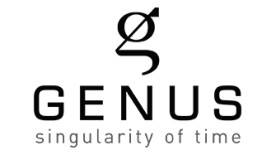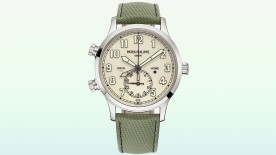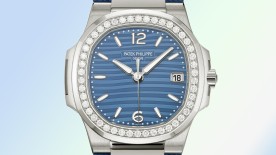Some watches cannot really be explained; they have to be experienced. This is what I say each time I have to describe Genus to someone who hasn’t heard of the brand before. How would you even begin?
You might talk about the company, that it’s a small independent brand that creates watches based on an unusual form of time indication. You might talk about its co-founders, Sébastien Billières and Catherine Henry, and how their values of manufacturing sustainability and creativity are infused within the brand. You might talk about how their work was quickly recognised by the community and industry, Genus being awarded the highly coveted Mechanical Exception Prize at the 2019 edition of the Grand Prix d’Horlogerie de Genève (GPHG), the same year the brand was founded.
You might talk about how their spirit of creativity reaches into the realms of materials as well, being one of the rare brands that features exotic techniques such as metal lamination, wrapping their watches in Damascus titanium so that each model produced is truly unique. You might delve into their exploration of other artisanal fields, such as micro-sculpture and gemsetting.
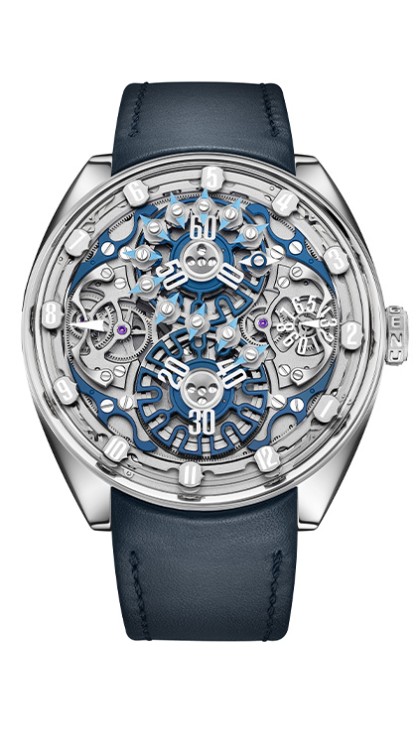
But if you had to describe a Genus watch to someone who’s never seen one before; if you could only use words and not images (pretend your phone is dead, or you’re in a network black hole, where no internet connection exists) — how would you do that?
What if you don’t say it’s a watch? What if you only talk about how it moves? You might say: imagine a circular landscape of metal gears and wheels, under a high sapphire crystal dome. In the centre of this landscape, two raised circles, radially aligned, form a figure-eight — or an infinity symbol. A sinuous creature winds its way along the periphery of the figure-eight. Sometimes a glittering diamond serpent, sometimes a dragon, sometimes a geometric chain of polished lozenges, the creature varies its form, but its path remains constant. It traces a full figure-eight once every hour.
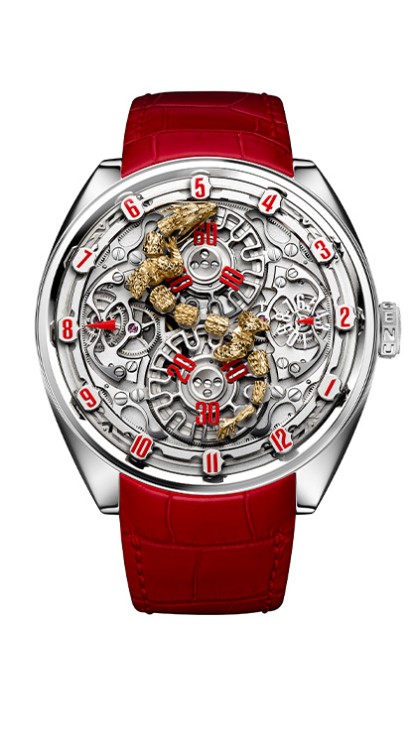
By close observation of the creature’s head, you can divine how far along we are in each hour. A smaller wheel turns to the right of the creature as it moves through its hour-long path. The smaller wheel gives greater precision to our reading of the time. Around the periphery of the landscape, a slim ring rotates. You think perhaps it’s this ring that keeps the creature captive, that ensures it doesn’t escape and that it is instead kept safely counting the minutes that pass (biding its time). The outer ring makes a full rotation once every 12 hours; indeed, it is set with plaques, each indicating a number from 1 to 12.
At the end, you realise that you were right not to describe a Genus watch as a watch, because it is not a watch at all. It is the enigmatic dance of a tamed beast entrained by a magic machine, preserved under glass. With the right knowledge, you can learn what this dance means, you can interpret its complex steps and you can read message it conveys — the message of time.


